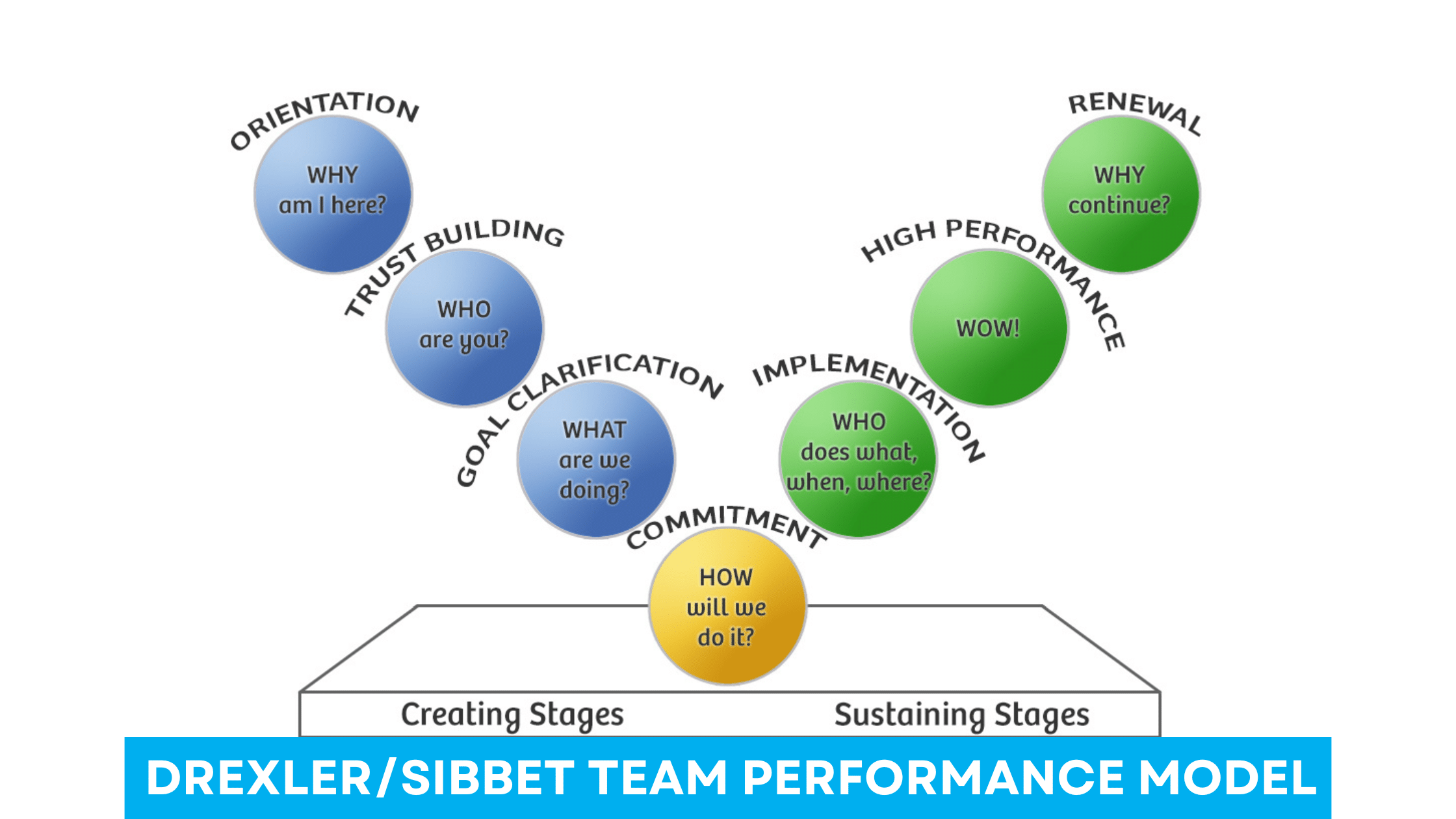Foundations of Confidence
To build confidence in the workplace, it’s essential to understand what confidence entails and how self-confidence plays a crucial role. Recognizing the impact of fear of public speaking and anxiety is also important.
Understanding Self-Confidence
Self-confidence refers to believing in one’s abilities and judgment. It affects how people present themselves and handle tasks. High self-confidence can lead to better job performance and stronger workplace relationships.
Anxiety and fear of public speaking often weaken self-confidence. Addressing these issues can help individuals become more confident. Techniques such as practice, preparation, and positive self-talk can reduce anxiety.
Building self-confidence involves setting achievable goals. Celebrating small successes can steadily enhance one’s belief in one’s capabilities. Self-awareness and accepting constructive feedback also contribute to growing confidence.
For more insights on measuring self-confidence in work settings, visit Measuring self-confidence in workplace settings.
Preparation Strategies
Being prepared is key to speaking with confidence in the workplace. Effective strategies include gaining a thorough knowledge of the topic and practicing the speech to improve clarity and delivery.
Knowledge and Subject Mastery
To speak confidently, it is crucial to have complete mastery of the subject matter. Research extensively and understand every aspect of the topic. Create a list of the main points and any supporting details. This ensures detailed knowledge and helps in answering any questions.
Using real-life examples and data where possible can make the points more relatable. Keep up with current trends and updates related to your topic to stay relevant.
Summarize key points on flashcards or in a digital document for quick reference. This preparation helps to maintain clarity during the presentation.
Practicing Your Speech
Rehearsing the speech multiple times can significantly improve delivery and reduce anxiety. Start by practicing alone, focusing on timing and flow. Use a mirror to observe body language and facial expressions, ensuring they convey confidence.
Next, practice in front of a small audience, such as friends or family. Gaining feedback on tone, pace, and clarity can be invaluable. Adjust based on their input and continue practicing.
Use recording tools to listen to the speech. This can help identify areas needing improvement. Consistent practice helps in internalizing the material, leading to a more natural and confident delivery during the actual presentation.
Non-Verbal Communication
Non-verbal communication, like body language and eye contact, plays a critical role in expressing confidence in the workplace. These elements can enhance or undermine the spoken word.
Importance of Body Language
Body language is key to communicating confidence without words. How a person stands, sits, or moves can send strong messages. For instance, standing up straight with shoulders back shows self-assurance.
Gestures also matter. Open hand movements can make a speaker seem more engaging and trustworthy. Crossing arms might be seen as defensive or closed off, so it’s wise to avoid it. Simple actions like nodding can show attention and agreement, making interactions more positive.
Facial expressions are another part of body language. Smiling can make one seem approachable while frowning might suggest displeasure. People should be mindful of their expressions to align them with their message.
Effective Eye Contact
Maintaining eye contact is another essential aspect of non-verbal communication. Good eye contact shows that a person is engaged and confident. It helps build trust and makes conversations feel more personal.
Too much eye contact can be intimidating, though. It’s important to find a balance. A useful rule of thumb is to maintain eye contact for about 60-70% of the conversation. This keeps the interaction comfortable.
Breaking eye contact occasionally is natural. Looking away briefly can show thoughtfulness. Regularly shifting the gaze to different parts of the room or the other person’s face can also keep the connection natural.
Verbal Communication Techniques
Effective verbal communication in the workplace involves clear articulation, controlled pacing, and appropriate vocabulary. These elements help ensure messages are understood and positively received, which is crucial for professional success.
Articulation and Enunciation
Articulation involves speaking clearly so each word is understood. It’s important to pronounce consonants and vowels precisely. Good enunciation prevents misunderstandings. Practicing tongue twisters can help improve clarity. For instance, saying, “She sells seashells by the seashore,” focuses on accurate consonant sounds. Speaking slowly can also enhance articulation, allowing the speaker to form words correctly. Feedback from colleagues or recordings can identify areas for improvement.
Controlling Pacing and Pauses
Pacing refers to the speed of speech. Speaking too fast can cause listeners to miss important details, and speaking too slowly might bore them. A moderate pace, around 150 words per minute, is generally adequate. Pauses are equally important. They allow time for the listener to process information and the speaker to gather thoughts. Pauses also emphasize key points and reduce filler words like “um” or “uh.” Practicing with a timer or using tools like metronomes can help maintain an appropriate pace.
Vocabulary and Language Use
Choosing the right vocabulary is essential for clear communication. In the workplace, language use should be professional and appropriate to the audience. Avoid jargon unless everyone is familiar with it. Simple and straightforward words usually work best. Varying word choice can keep communication engaging, but it’s important not to overcomplicate the message. Regularly reading professional materials can expand useful vocabulary, making communication more effective.
Managing Public Speaking Anxiety
Managing public speaking anxiety involves practical strategies to reduce fear and build confidence. Methods like practicing regularly, using relaxation techniques, and preparing well can help.
Techniques to Overcome Fear
Practice Regularly
Consistent practice is key. Rehearse your speech until you feel comfortable. Utilize tools like recording devices or mirrors.
Relaxation Techniques
Deep breathing and visualization help reduce stress. Try inhaling slowly and imagining a positive outcome.
Preparation
Knowing your material thoroughly can boost confidence. Familiarize yourself with the topic, the audience, and the setting.
Positive Self-talk
Encourage yourself with positive affirmations. Changing negative thoughts can significantly impact performance anxiety.
For further tips on becoming a more confident public speaker, check out these resources.
Establishing Trust and Rapport
Building trust and rapport in the workplace involves active listening, clear communication, and a genuine interest in colleagues’ perspectives. It also helps to use effective non-verbal cues and consistent follow-through on commitments.
Building Trust with Your Audience
Building trust starts with active listening. When someone speaks, give them your full attention. This makes them feel valued and understood. Show empathy by acknowledging their feelings and responding thoughtfully.
Clear communication is another key element. Use simple and direct language. Avoid jargon to ensure everyone understands. Transparency also builds trust. Share relevant information openly to promote confidence and reliability.
Non-verbal communication plays a big role. Maintain eye contact, nod to show agreement, and keep an open posture. These cues signal honesty and attentiveness.
Storytelling can help cement trust. Share personal anecdotes or past experiences that relate to the current discussion. This humanizes the interaction and fosters a deeper connection.
Lastly, always follow through on commitments. If you promise something, make sure to deliver. This consistency proves reliability and integrity, crucial elements of trust and rapport.
Effective Use of Technology
Effectively using technology in the workplace involves selecting the right tools for communication and presentations. Technology can enhance the clarity and impact of communication, making it easier to engage with an audience.
Utilizing Presentation Tools
Presentation tools such as PowerPoint and Google Slides can transform a basic talk into a compelling presentation. PowerPoint allows users to combine text, images, and videos on slides. Animations and transitions can help to keep the audience engaged.
Google Slides offers similar features with the added benefit of real-time collaboration. Team members from different locations can work together on a presentation. This tool also integrates with other Google Workspace applications.
For more interactive presentations, apps like Prezi are useful. Prezi offers a dynamic way to present information, allowing viewers to zoom in on different parts of the presentation. This can make the content more engaging and memorable.
Using recording features in these tools can also be beneficial. Recording allows the presenter to review their delivery and improve. Recordings can also be shared with those who were unable to attend the live presentation. This ensures that the message reaches a wider audience.
Eliminating Filler Words
Removing filler words can help you speak with more clarity and confidence. Filler words like “um,” “uh,” and “like” can distract your audience and weaken your message.
Techniques for Clear Speaking
Pausing instead of using a filler word is a simple habit to practice. Silence can give you a moment to gather your thoughts without disrupting the flow of your speech.
Recording and listening to yourself can help identify when you tend to use fillers. This way, you’re more aware and can consciously work to eliminate them.
Practice speaking slowly and deliberately. This can reduce the need for filler words, letting you speak more confidently and clearly.
Using structured notes or outlines can also minimize fillers by keeping your thoughts organized. This helps you stay on track during conversations or presentations.
Feedback and Continuous Improvement
Effective feedback and ongoing improvement are key to building a thriving workplace. They create a culture of growth and help individuals practice and refine their skills over time.
Incorporating Constructive Feedback
Incorporating constructive feedback is crucial for personal and team growth. Feedback should be specific and actionable. Instead of saying, “Good job,” say, “Your report was well-organized, and your data analysis was detailed.” This makes it clear what was done well.
Negative feedback should be framed positively. Focus on improvement areas without being condescending. For instance, “Your presentation was informative, but adding more visuals could make it more engaging.” This encourages the individual and provides clear direction.
Practicing how to give and receive feedback is important. Regular feedback sessions train individuals to handle critiques effectively. Role-playing different scenarios can help.
Encouraging a feedback-rich environment fosters continuous improvement. Employees feel valued when their input is taken seriously, leading to increased motivation and productivity.
Developing a Unique Speaking Style
Building a distinctive speaking style in the workplace requires finding your authentic voice and refining it to reflect your unique perspective. This can boost your confidence and make your contributions stand out.
Finding Your Authentic Voice
Finding an authentic voice starts with self-awareness. Individuals should understand their strengths and weaknesses. They should also recognize the topics they are passionate about, as enthusiasm can make communication more engaging.
When developing a speaking style, consider the audience. Tailoring messages to their interests and needs can make an impact. For instance, technical teams may appreciate detailed explanations, while executives might prefer concise, high-level insights.
It is also helpful to practice regularly. This could involve speaking in meetings, giving presentations, or even practicing in front of a mirror. Feedback from colleagues can provide valuable insights into areas of improvement.
Consistency in tone and language is crucial. Using familiar phrases and maintaining a steady pace helps in conveying messages effectively. Integrating personal stories or anecdotes can also make communication more relatable and memorable.

Effective Communication in Team Meetings
Communicating effectively in team meetings is crucial for collaboration and achieving goals. It requires understanding the context, active engagement, and ensuring everyone’s voice is heard.
Strategies for Engaging Team Discussions
Preparation: Before the meeting, ensure that everyone is aware of the agenda. Send out any materials that need to be reviewed in advance. This helps participants come prepared and ready to engage.
Active Listening: Encourage team members to listen attentively. Avoid interrupting while someone else is speaking. Listening actively shows respect and ensures that all viewpoints are considered.
Clear Roles: Assign roles such as a moderator or note-taker. This keeps the meeting organized and ensures that all topics are addressed systematically.
Encourage Participation: Foster a safe environment where team members feel comfortable speaking up, even if it’s to ask questions or voice concerns. This can be facilitated by directly asking quieter members for their input.
Use Technology Wisely: For virtual meetings, ensure that everyone knows how to use the required tools. Utilize features like screen sharing or chat to support communication.
Follow-up: After the meeting, distribute a summary of key points and action items. This reinforces what was discussed and provides a reference for future meetings.
Leveraging the Power of Storytelling
Storytelling can be a powerful tool in the workplace. It helps convey complex ideas in an engaging and memorable way. Stories can also build trust among colleagues by sharing personal experiences.
Why Use Storytelling?
- Memorability: People remember stories better than facts alone.
- Engagement: Stories capture attention and maintain interest.
- Connection: Sharing personal stories enhances team bonding.
Implementing Storytelling
- Identify the Message: Understand what you want to communicate.
- Create a Narrative: Develop a story around your message.
- Use Real Examples: Authenticity makes stories more impactful.
Contexts for Storytelling
- Meetings: Introduce stories to illustrate points.
- Training Sessions: Use stories to explain concepts.
- Presentations: Make data relatable through storytelling.
Using wit can make stories more engaging. A well-placed joke or clever remark can enhance the story’s impact, making it more relatable and enjoyable.
Example
In a team meeting, a manager might share a story about overcoming a project challenge. This not only provides a real-world example but also encourages team members to speak with confidence about their own experiences.
According to research, storytelling in organizations can repair trust and improve knowledge sharing. For more detailed insights, refer to this study on storytelling in organizations.
Elegant use of storytelling can transform workplace communication, making ideas stick, enhancing engagement, and fostering a more connected team.



